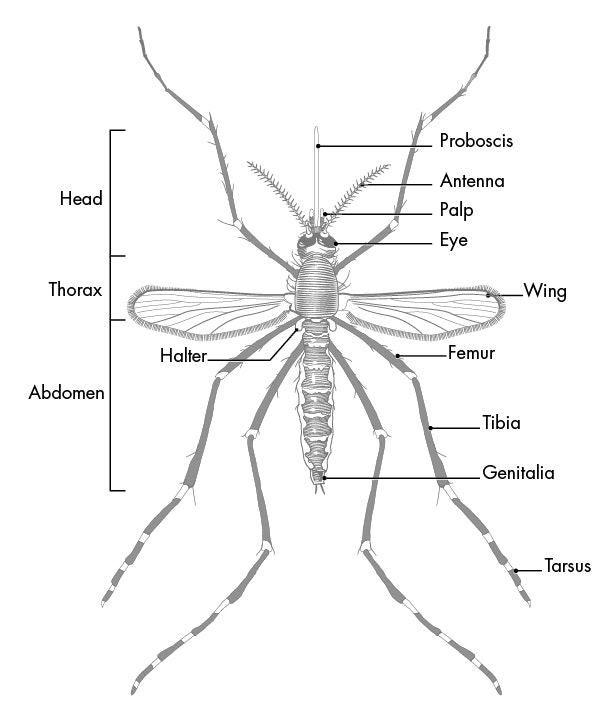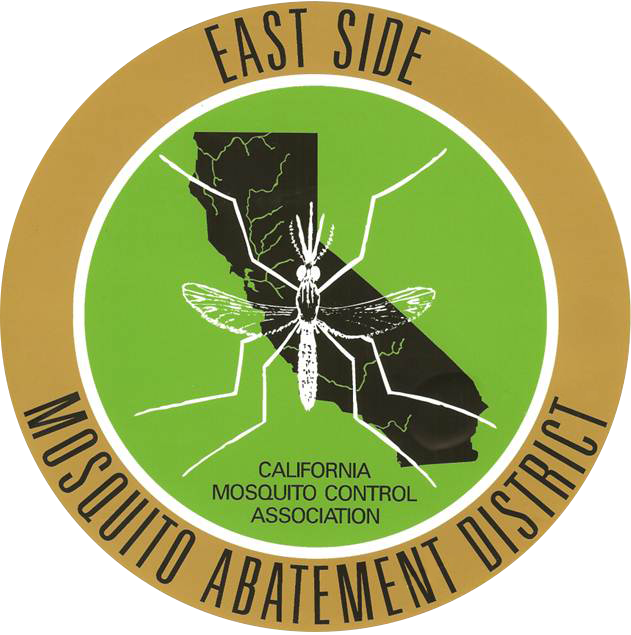Mosquito Biology
Those pesky, little flying insects are not just a nuisance, they are the world’s deadliest animal. According to the CDC, diseases spread by mosquitoes kill more people worldwide than any other organism. That is why it is important to learn about how mosquitoes live in order to better protect yourself from them.
Mosquitos go through three different life stages before becoming an adult.
- Eggs: Mosquitoes only need a small amount of water to lay eggs. Eggs are ready to hatch within a few days to several months. Some species can lay up to 300 eggs at one time!
- Larva: Larva emerge from hatched eggs and they continue to live in the water by feeding on microorganisms. After molting four times, they will emerge as pupa in as little as 5 days.
- Pupa: Pupa are also fully aquatic and will develop until the adult form is ready to emerge in 2-3 days.
- Adult: The final adult mosquito form emerges and is ready to feed

Adult mosquitos can be separated into males and females.
Male mosquitoes feed only on nectar from flowers. They can be distinguished by their feathery antennae that help them to sense their potential mates’ wingbeats.
Female mosquitoes are the only ones that feed on the blood of humans and animals. They require a blood meal to produce viable eggs to continue the life cycle. Females are usually larger than males and lack the feathery antennae.

Each mosquito species have different characteristics that makes them unique. However, they all follow this basic pattern of anatomy:
Each mosquito will always have a head, a thorax and an abdomen. On their head, you will see the proboscis. This is what they use to feed on their nectar and/or blood meals. On their thorax, you will see their legs and wings, which they use to walk and fly around, respectively. At the end of their abdomen, you will see their reproductive organs used for mating and laying eggs. Scientists observe the unique characteristics and patterns of each body part in order to determine the correct species. This is important information for disease transmission and treatment plans.

If you are interested in learning more about mosquito biology please visit the CDC’s website.
